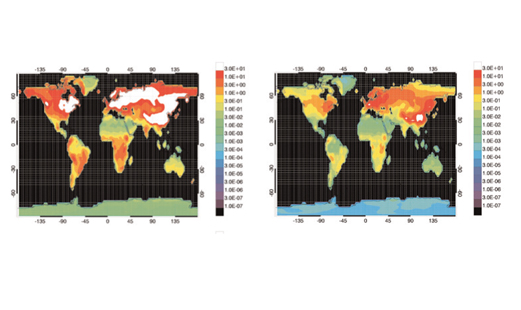Long-range atmospheric transport of polycyclic aromatic hydrocarbons is worldwide problem - results from measurements at remote sites and modelling
DOI:
https://doi.org/10.17344/acsi.2015.1387Keywords:
aerosol, atmospheric modelling, free troposphere, Arctic, Antarctic, AfricaAbstract
Despite the fact that the occurrence of polycyclic aromatic hydrocarbons (PAHs) in the atmospheric environment has been studied for decades the photochemistry, deposition and, consequently, the long-range transport potential (LRTP) are not well understood. The reason is gas-particle partitioning (GPP) in the aerosol, its sensitivity to temperature and particulate phase composition, and sampling artefacts', and reactivity's sensitivities towards particulate phase composition. Furthermore, most PAHs are subject to re-volatilisation upon deposition to surfaces (multihopping). Levels and sources of 2-6-ring unsubstituted PAHs were studied in remote environments of Europe, Africa and Antarctica. Global atmospheric transport and fate of 3-5-ring PAHs were simulated under various scenarios of photochemistry and GPP. GPP influences drastically the atmospheric lifetime, compartmental distributions and the LRTP of PAH. Mid latitude emissions seem to reach the Arctic but not the Antarctic.
Downloads
Published
29.04.2015
Issue
Section
Chemical, biochemical and environmental engineering
License
Except where otherwise noted, articles in this journal are published under the Creative Commons Attribution 4.0 International License
